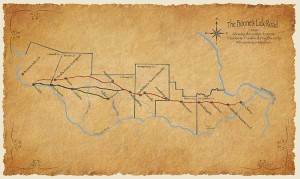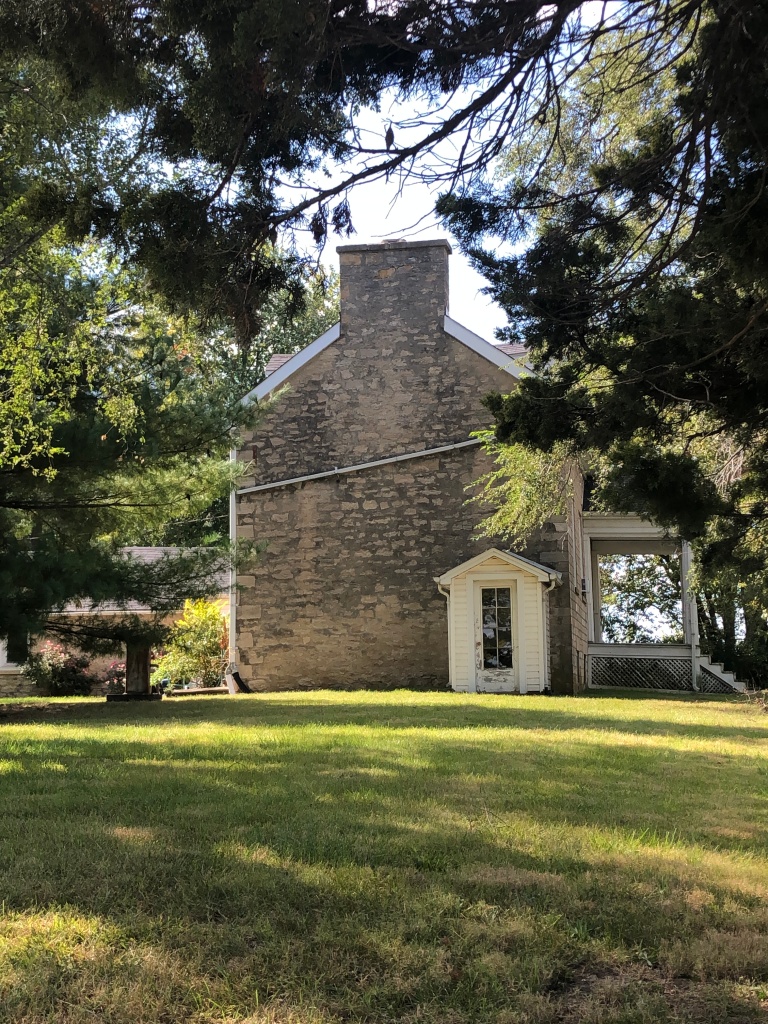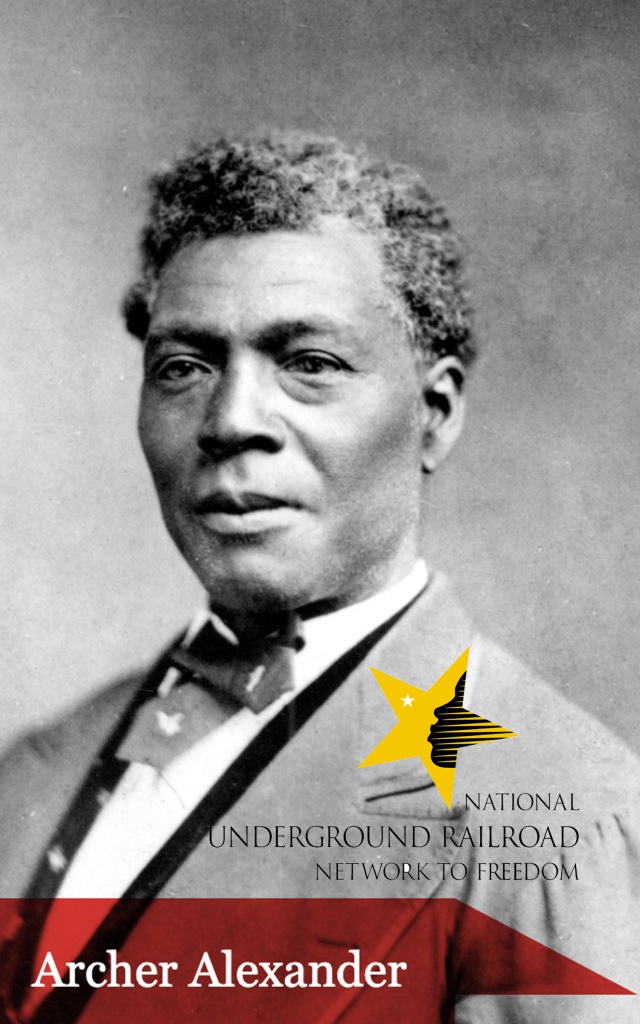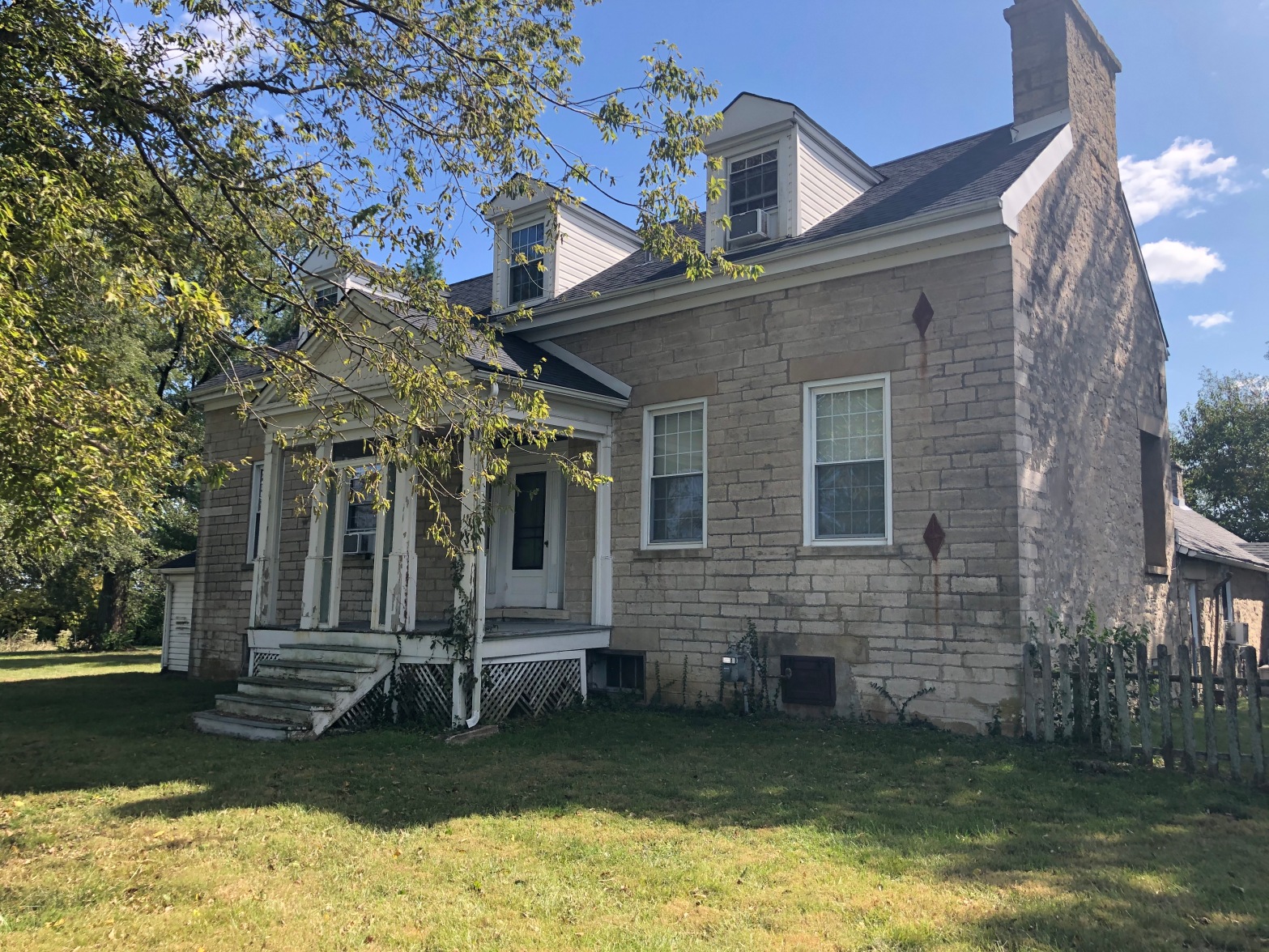The final entry of William M. Campbell’s journal* simply reads…
Missouri
When Archer arrived in Dardenne Prairie in Saint Charles County on October 8th in 1829, he was 23 years old. Born in 1806, his parents Aleck and Chloe were the property of the Alexander family. He was owned by James Alexander of Rockbridge County, near Lexington, in Virginia. His wife Louisa, born as property of the McCluer family, was part of the dowry of James’ wife Nancy. Together Archer and Louisa would have ten children, Ralph, Nellie, Wesley, Eliza, Mary Ann, Archer, Jim, Aleck, Lucinda, and John. By 1835 their owners James and his wife Nancy had succumbed to the cholera epidemic. James Alexander’s final Will expressly demands that absolutely none of his slaves are to be sold, but to be rented out for the support and to pay for the education of his four small remaining children that were now orphans. The Alexander children, John, William, Agnes and Sarah would return to Rockbridge County Virginia, where they were raised by their relatives Alexander B. and Elizabeth (Alexander) Stuart. The orphans’ property, including Archer and Louisa, would be under the control of the Estate’s Executor and Administrator, William Campbell, the author of this journal. James’ youngest son William would return to Missouri when he was grown, sell all of his property including his slaves, and become a law partner with his cousin William Campbell.

The Alexander, Campbell and McCluer family were cousins, sisters and brothers; and had purchased their property in Dardenne Prairie, along the Boone’s Lick road prior to their arrival in 1829. At first log cabins would serve as shelter for both the black and white families. But as the families prospered, and their land ownership grew, so did their residence. In 1835, work continued on a house, that William Campbell would be the first to reside in. Under the direction of two stonemasons, Archer and the blacks would erect a beautiful home reminiscent of the family residence in Ireland. After the stone house was completed in 1836, the log buildings would become the dwellings of Archer and the other enslaved people.
Archer, who had worked in the brickyards of St. Louis prior to his owner James Alexander’s death, had been brought by William Campbell to Dardenne Prairie to be in charge of the other enslaved property. An excellent carpenter, Archer’s skills would be useful in building not only this house, but several other local residences, including that of his future owners, the Pitman family. Campbell, who was editor of a St. Charles County newspaper, and had been elected to serve in Missouri’s House of Representatives, turned to Archer because he had proved himself trustworthy in the position of manager. This relationship also helped establish Archer Alexander among the other owners in the neighborhood, including the Bates and Naylor families, as someone they could depend upon.

*This is the journal of William Campbell (1805-1849) leading four families from Lexington, in Rockbridge County, Virginia to St. Charles County Missouri, written in 1829. This journal is located in the collections of the Leyburn Library, Special Collections and Archives, located at the Washington and Lee University, in Lexington, Virginia, and for which we are deeply indebted to Lisa McCown. Editor is Dorris Keeven-Franke. This was the final entry.
ARCHER ALEXANDER
Archer Alexander, a freedom seeker enslaved in St. Charles, Missouri, was first captured in February 1863 when sixteen men made their attempt for freedom at Howell’s Ferry on the Missouri River. Alexander made his way to St. Louis and the home of an abolitionist named William Greenleaf Eliot, where his enslaver attempted to recapture him. As Missouri was under Marshall law, following a military investigation he was granted freedom, by September 24, 1863, through the provisions of Lincoln’s Second Confiscation Act. December 8, 1880, seventy-four-year-old Archer Alexander passed away, and following a funeral at Washington Metropolitan AME Zion Church was buried in an unmarked grave in St. Peters United Church of Christ Cemetery. The burial location for Archer Alexander was listed on the National Underground Railroad Network to Freedom on September 28, 2023.
The National Underground Railroad Network to Freedom
The National Underground Railroad Network to Freedom serves to honor, preserve, and promote the history of resistance to enslavement through escape and flight, which continues to inspire people worldwide. The Network currently represents over 740 locations in 40 states, plus Washington D.C. and the U.S. Virgin Islands. Through its mission, the Network to Freedom helps to advance the idea that all human beings embrace the right to self-determination and freedom from oppression.


Reblogged this on Dorris Keeven Franke and commented:
The final entry in the journal that shares the journey of Archer Alexander, from Rockbridge County Virginia to St. Charles Missouri, to St. Louis, Missouri to the Emancipation Monument in Washington, D.C’s Lincoln Park…
LikeLiked by 1 person
i like the last two words…hadn’t noticed that before…good job, Dorris…you own the field on Archer…
LikeLiked by 1 person
THANK YOU Cleta, it is so frustrating how historians keep confusing Archer with his son Archer who was born in 1828.
LikeLiked by 1 person